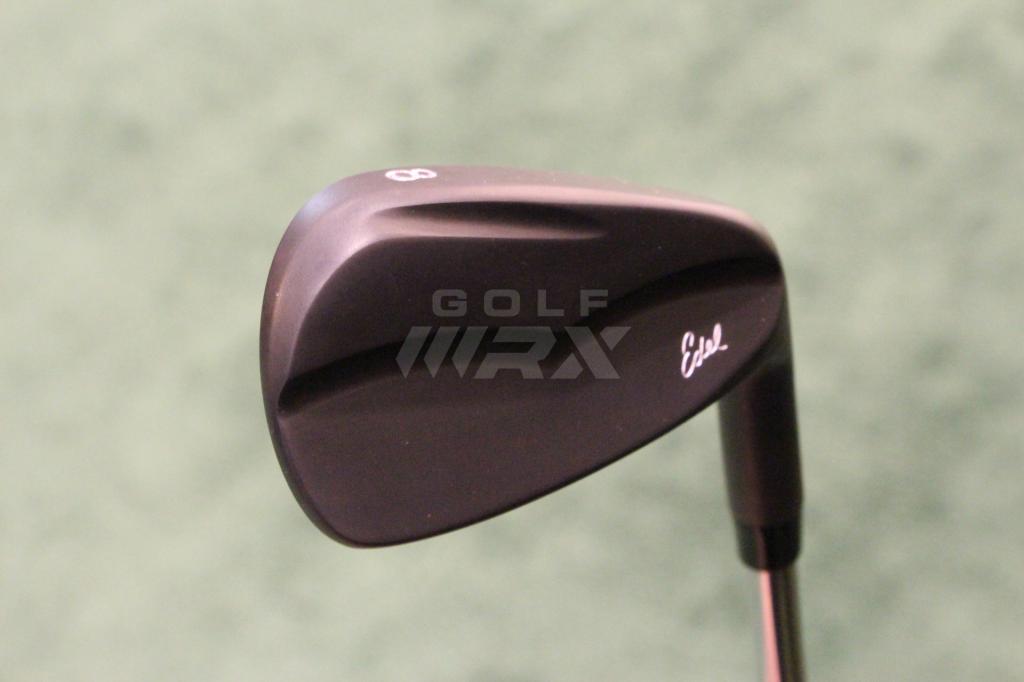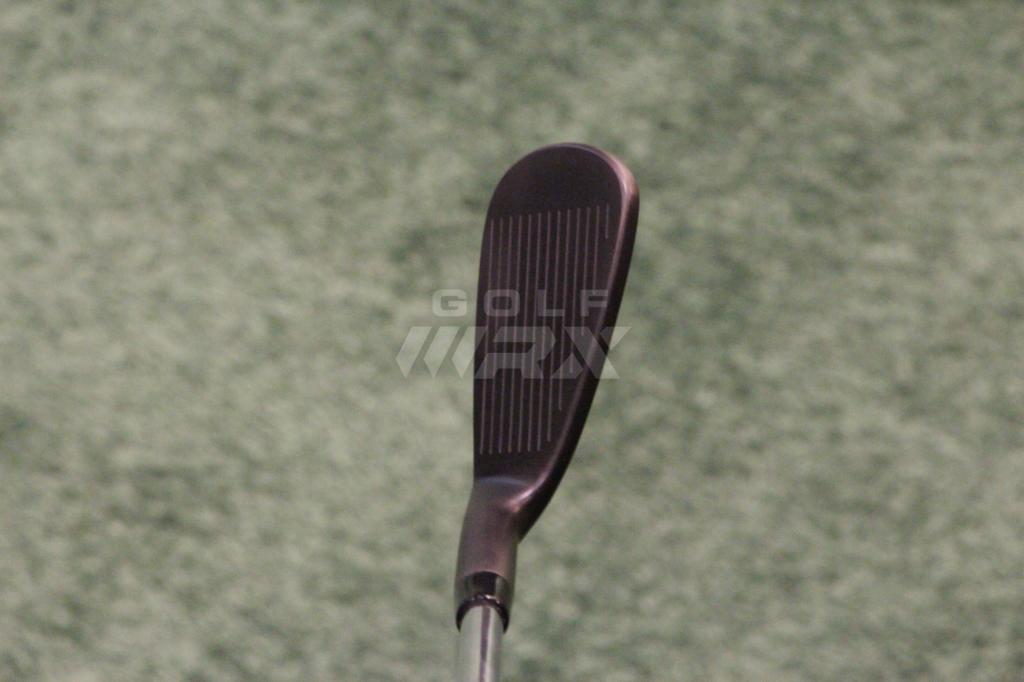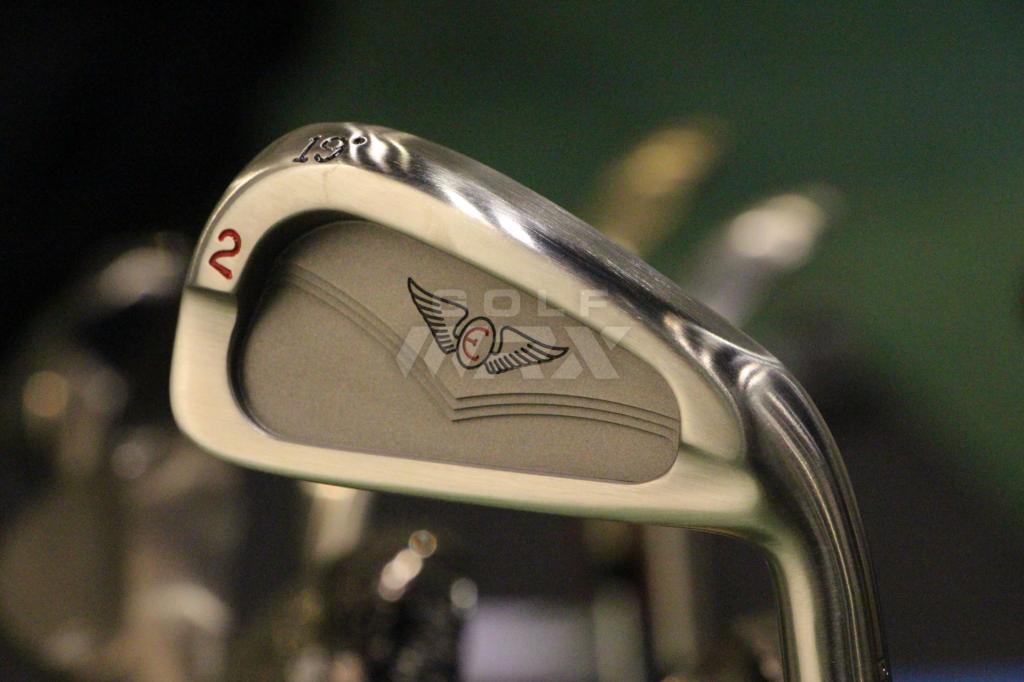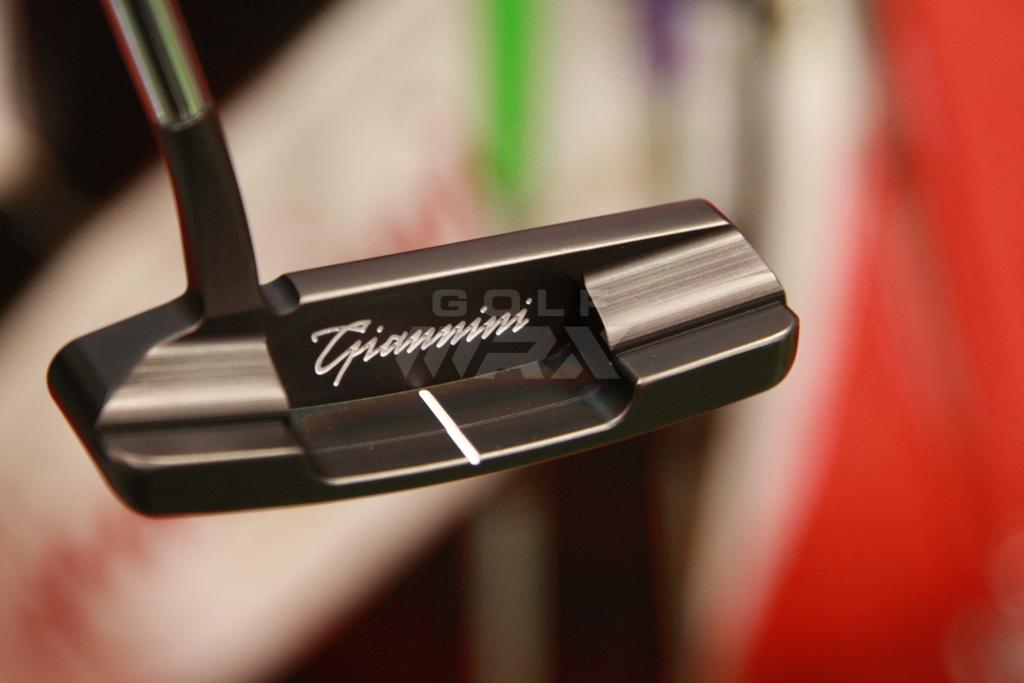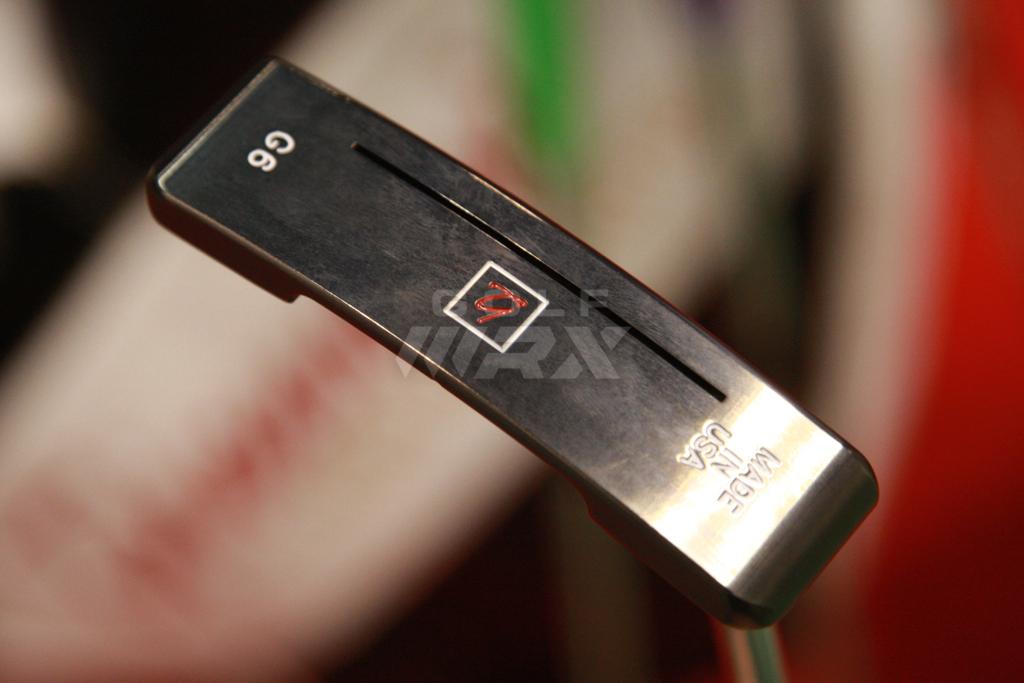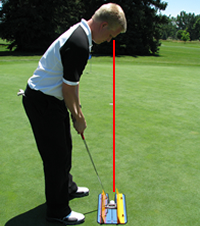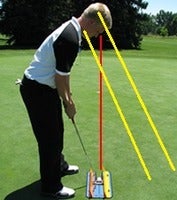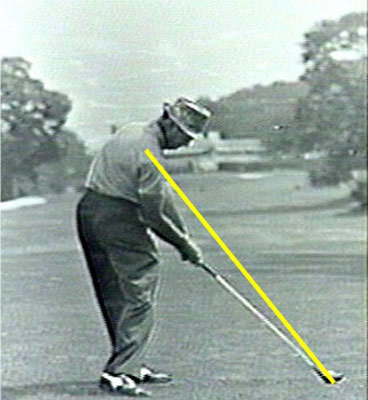I had some instructors looking for me to do some work for them to discuss working together with their PGA Tour clients. The Open Forum 2 didn’t end up 11pm and I had to drive all the way to the other side of town to get back home. Then, I decided to the statistical analysis of the players in question and didn’t get to bed until about 4am. How time flies as that was a common occurrence when I was in college, now it felt like I was making the Bataan Death March.
I didn’t wake up until noon and headed to the show.
The superstar of the show was the Noitom MySwing Golf Swing analyzer 2 sensor system.

myswinggolf.com/
This is similar in terms of functionality to what other motion capture systems like the SwingByte do. Noitom claims superior technology and sensors. But what I think separates it from the rest is that you can not only put 1 sensor on the club, but 1 sensor on a part of your body like the pelvis, the upper thoracic spine or the arm. You can then get your club data recorded, but also get a motion analysis of that particular part of the body in that swing.
One of the issues I have found that golfers have with these type of machines is that they want to have a verification of the accuracy of the equipment. I think that is important to a degree, a bit less so when you’re either using it for practice or giving a lesson. In the academic world, it is paramount, but for most golfers they will not be in that world.
Every company is going to claim accuracy. But the key to me is having something that is consistent. So if I can see club numbers that change consistently with changes in the swing, that is more important to me than being completely dead on accurate 100% of the time.
But what is very important that the myswing provides that the others don’t is the sensor on the body where you can see the motion analysis of that body part in the swing (you can only use 1 of the body sensors at a time). For myself, I have a tendency to get too much hip slide and axis tilt in the downswing, so I can now see what the club was doing, what the club numbers and see what the differences in my hip motion in the swing were (or my upper thoracic spine motion or my arm motion).
It’s a wireless system and the sensors are used in movies. They demonstrated how to put this right into a iPad and it has various screens depending on what you want to see. It will also show the swing at different ‘p’ positions:
P1 = address
P2 = shaft parallel to the ground
P3 = shaft perpendicular to the ground
P4 = top of swing
P5 = shaft perpendicular to the ground in downswing
P6 = shaft parallel to ground in downswing before impact
P7 = impact
Lastly, it also shows a screen for D-Plane with the vectors and explaining the ball’s flight. Best of all, the 2 sensor system will retail between $100-$150. They are planning on coming out with a full upper body sensor system and possibly a shaft fitting system in the future.
HIP TRAX
I wanted to look at one product called Hip Trax. Here’s a video for it:
I think that this is a pretty good product for teachers, particularly for the hip motion in the backswing. I think there are some other things that need to be done as far as Center of Pressure, Center of Mass, knee motion ,etc that have to occur to get the hips to move the way they recommend in the downwing rather than simply rotating your hips. I believe this retails for $150.
BODITRAK GOLF
One of the things the companies are really getting into is the force plate data. Here’s a video from golf instructor, Jason Helman on force plate data:
I saw a lot of force plate machines. Swing Catalyst had a giant booth that was packed. The BodiTrack system has force plates that you can lay on either a mat or on grass and the force plate can plug right into your computer or table.
As I’ve learned more about force plate data the more of a fan I’ve become of it to the point where I believe it is a more valuable tool for golfers and instructors than a radar launch monitor. I’ve been told by fellow instructors that they can look at force plate data and predict *some* certain shots like a shank, a bad slice and toe-hook. I also think that for golfers in general, they can understand the concepts of ‘weight shift’ whereas radar launch monitor numbers take more time to fully grasp. It’s not that the radar launch monitors are not great and important to learn from. But, I think you would be more likely to ‘sell’ golfers on the idea of getting on force plate data to help their game because it appeals to things like ‘balance’, ‘rhythm’ and ‘weight shift’ than with a radar launch monitor. I’m seriously considering purchasing one of these for myself. They retail at $1,800.
FLIGHTSCOPE XI
Flightscope has come out with the FlightScope XI monitor. This is essentially a more affordable launch monitor as it costs under $4k. From what I understand this is more for the clubfitter/clubmaker. The club data is a bit more limited in what it measures/calculates. But it has the ball flight data to help the clubmaker/clubfitter figure out how to best fit their client.
PIRETTI PUTTERS
I got to putt with a $2,000 putter made from German Stainless Steel. And I did sink the putt. I loved the looks and feel of all the Piretti putters. Their Copper face putter has about as pure of a feel as you can find in a putter (retails for $650)

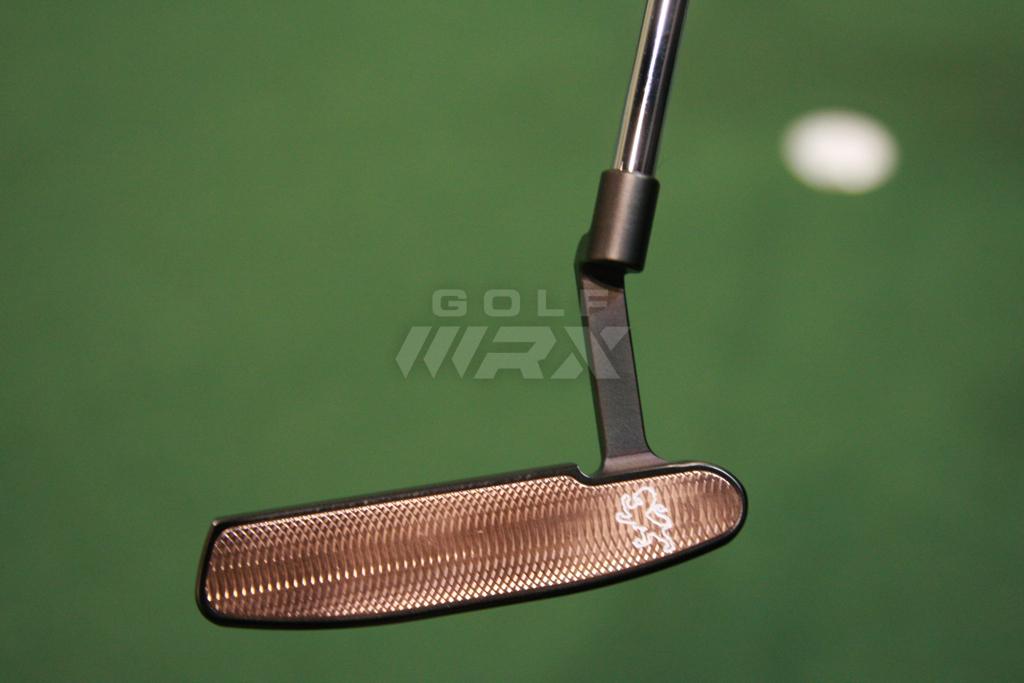
The Piretti putters have some real similarity in looks to the Kenneth Giannini putters. The Piretti putters generally have heavier heads, usually at 365 grams. The Giannini putters have ranging head weights the 350’s to 370 grams.
Henrik Stenson has a Piretti Putter that he had custom crafted by the company. That putter sells for $950. While those are some outrageous prices, the craftsmanship, feel and looks are as good as it gets.
AEROTECH SHAFTS
I spoke to a representative from Aerotech about the Player Spec shafts. These are ascending shaft weights and they confirmed to me that even after trimming, the shaft weights will increase. They come in a parallel tip option, but at discreet lengths to accommodate the ascending shaft weights. They hope to make the Steelfiber their ‘Dynamic Gold’, the shaft that is still primarily played for the next 20+ years. They are also coming out with a hybrid shaft as they found that many of the pros on Tour were taking their Steelfiber iron shafts and putting them in their hybrids.
The representative did agree with me that he felt that it was only a matter of time until MOI matching starts to overtake swingweight matching when it comes to iron fitting.
EDEL GOLF
At the show at the convention center Edel’s booth has the engraved clubs on display.
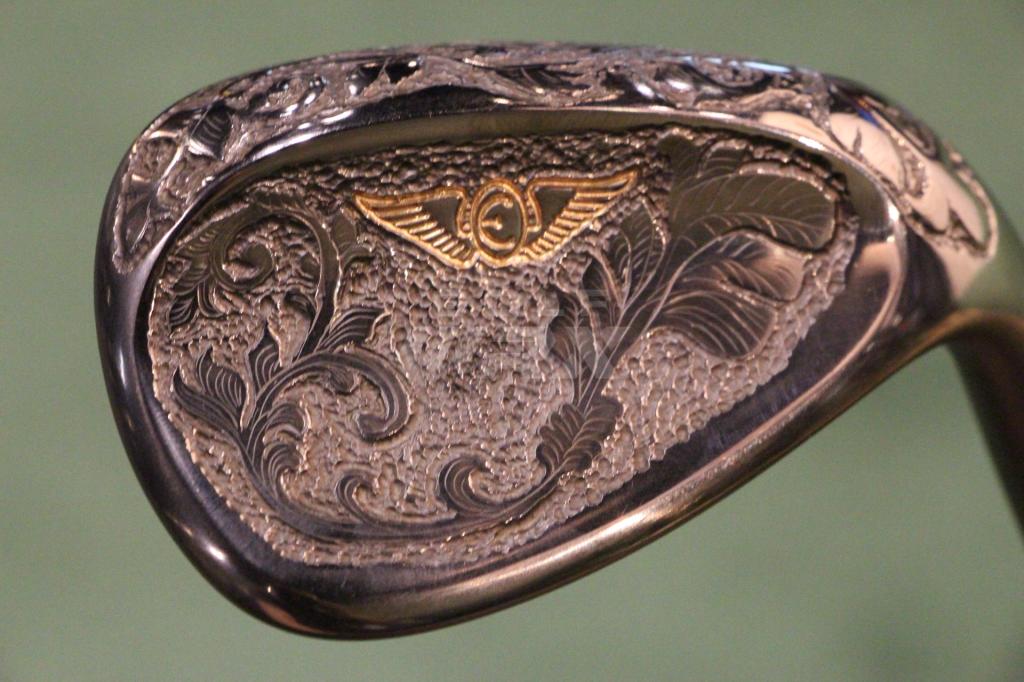
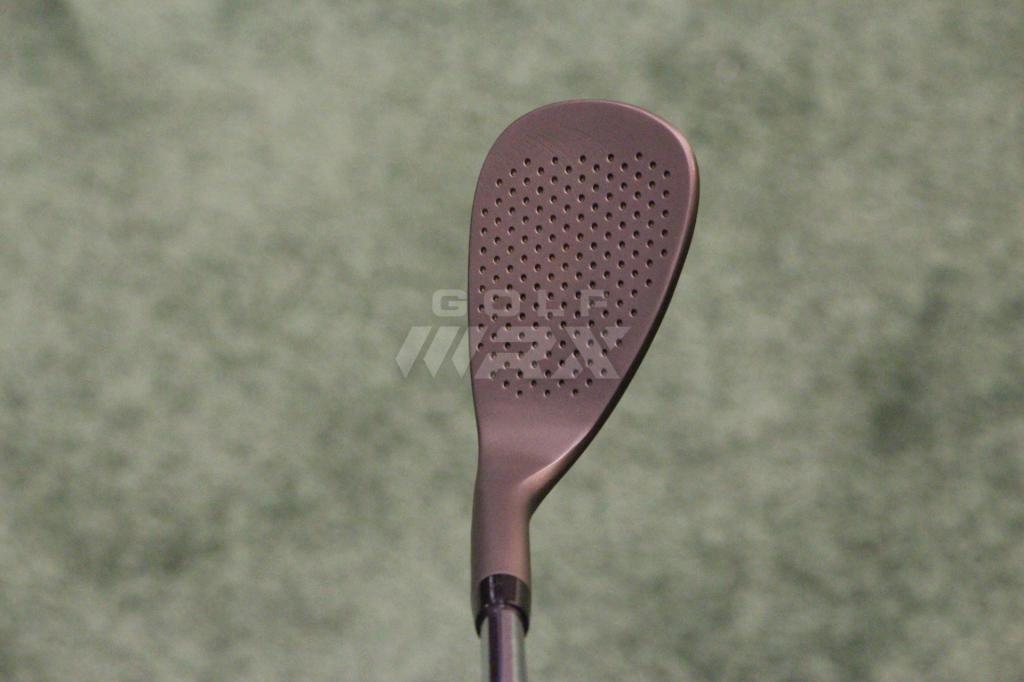
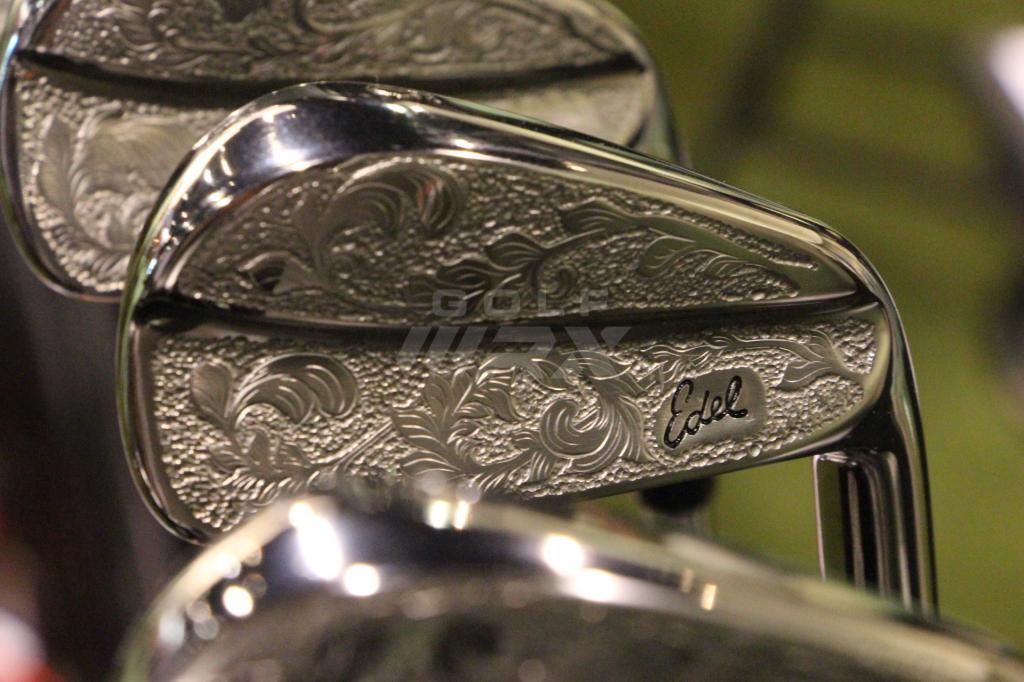
I didn’t ask, but I would imagine they are more for show than for playing. Although if I won the lotto and had them, I would play with them because they just look fantastic.
They also had some new putter designs for the custom fitted putters:
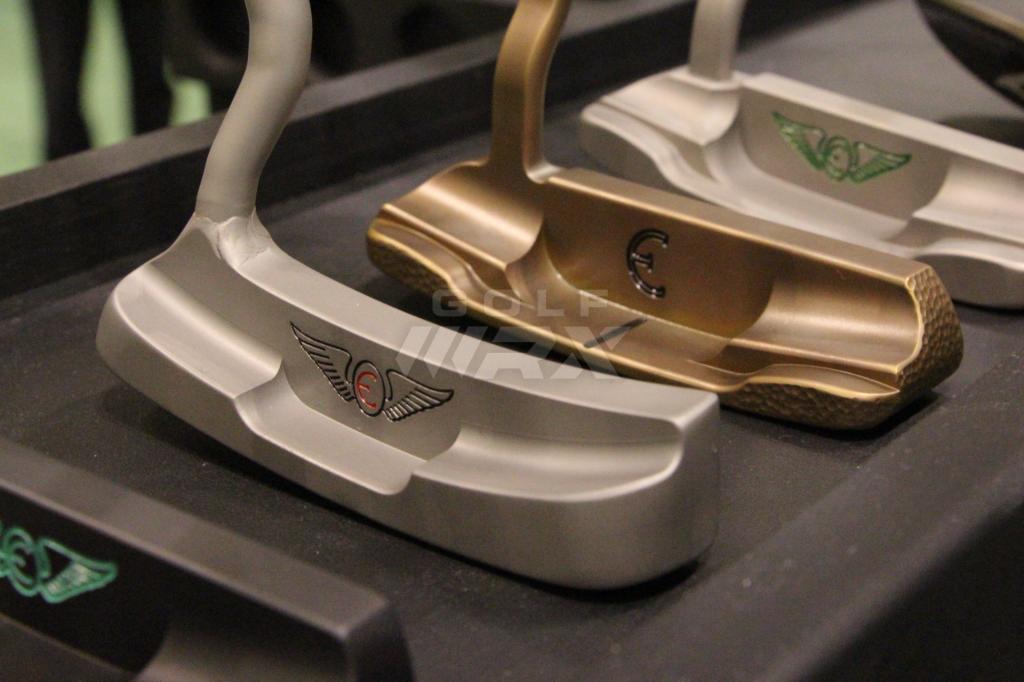
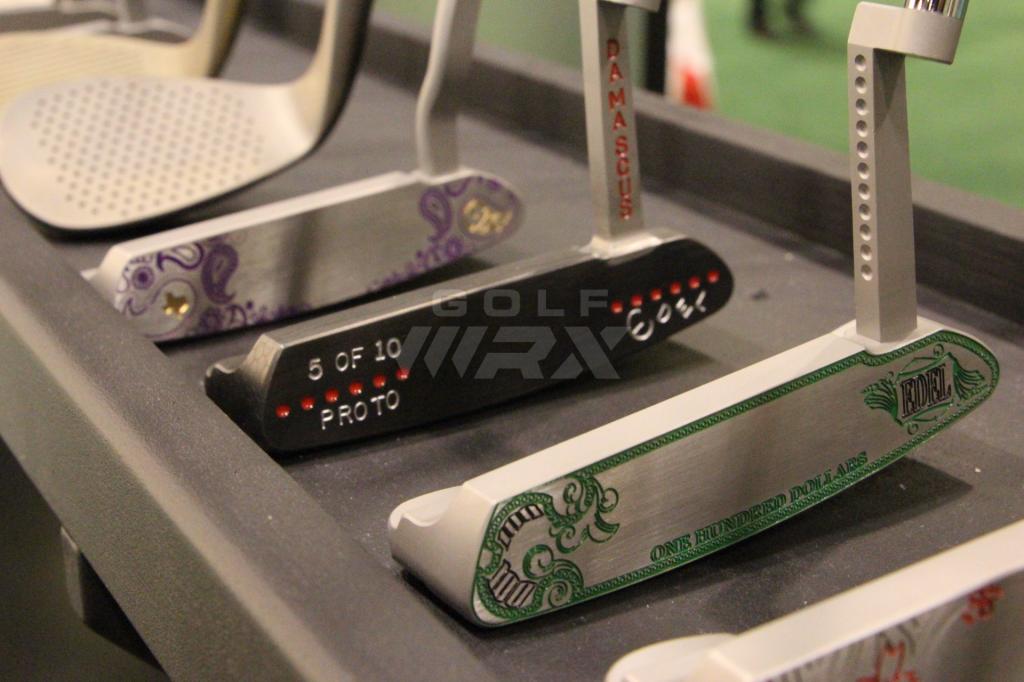
NEW BALANCE GOLF SHOES
I found these New Balance Golf Shoes to be very interesting:

After this I went to talk to some potential clients about working together with my statistics on the game. I then headed over to the Brickhouse Tavern for Tweet Up 3.0 which was put together by John Graham.
At there I got to meet the following:
Jim Ragland - twitter.com/jimraglandgolf
Mark Sweeney - twitter.com/AimPointGolf
Mark Russo – www.markrussopga.com
Andy Griffiths - twitter.com/AndyGriffiths1
Eric Cogorno - twitter.com/EricCogorno
Lloyd Higley - www.chicagolandgolfacademy.com/Instructors-at-Diversey.html
John Dochety - twitter.com/JohnDochety
Chris Trevino - twitter.com/TGInstitute
Justin Blazer - twitter.com/Blazer_Justin
Nick Chertock - twitter.com/golfprogress
Brendon Kennedy - twitter.com/bpkgol
Keith Handler - twitter.com/KeithHandler
TJ Yeaton - twitter.com/TJYeatonGolf
Dave Wedzik - twitter.com/GolfEvolution
Erik Barzeski - twitter.com/iacas
James Hirshfield - twitter.com/Hirshfield
Jason Helman - www.jasonhelmangolf.com
And many others that I unfortunately can’t think of at the moment. It’s a great time to relax and bounce ideas and thoughts off each other. By the end of the night my throat was obliterated from talking so much. And I was exhausted and back off to ‘the real world’ the next morning.
In all, this show was much more enjoyable than the last 2 shows, but still not as great as the 2011 PGA Show. I think the Open Forum will only get better and the Tweet Up will only get bigger and that will make it more than worthwhile to come down even if the actual show is not up to snuff.
3JACK


